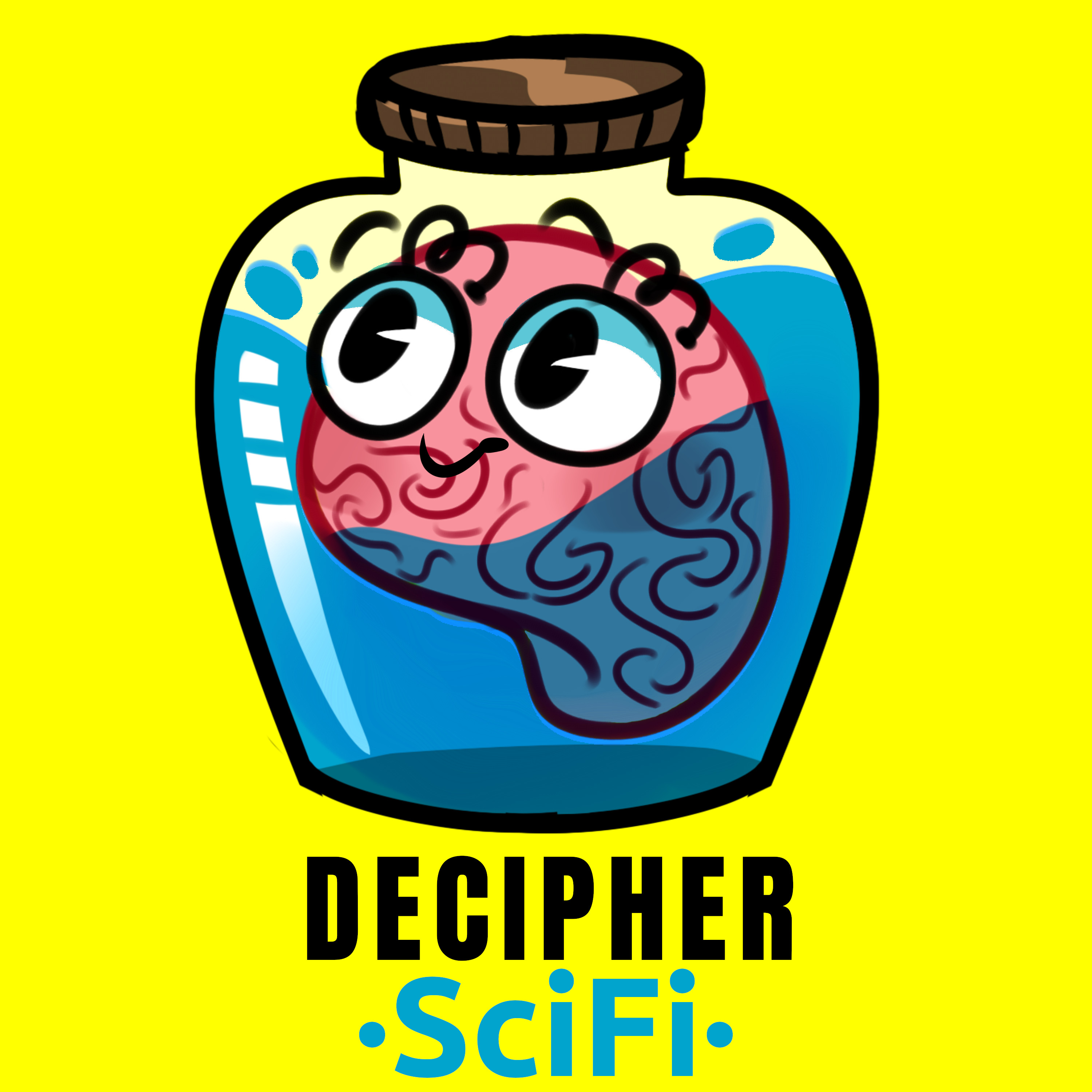When Worlds Collide: observable universe, 20th century astonomy, and modern space industry w/ Daniel James Barker

The \u201cobservable\u201d universe \n\n
The part of the universe that we can, in principle, capture light from as a function of the speed of light and the expansion of the universe.
\n\n Galactic perspectives \n\nLearning more about the breadth and contents of the universe since the 1950s. Hubble and \u201cisland universes.\u201d Figuring out there are other galaxies and past and present ideas of just how many there are.
\n\n The modern space industry \n\nAppreciation for where we are finally. Space travel becoming cheaper and cheaper and the legit settlement of other planets on the horizon.
\n\n When worlds actually collide \n\nSpitzer detecting the aftermath of what seems to have been a planetary collision. Other planetary collisions in the history of our own solar system, like the one that produced our moon.
\n\n \n Artist's conception of a collision around the star NGC 2547-ID8\n\n \n\n NASA/JPL-Caltech\n\n \n\n The incoming star: Bellus \n\nOnly 12x the size of earth. Luminosity and distance. What type of star could be in this range of size and luminosity?
\n\n \n Herzprung-Russel Star Diagram of star surface temperature and luminosity\n\n \n\n ESO CC-A-4.0\n\n \n\n Uranus \n\nSomehow we got to this topic. And now here is some history!
\n\n Effect on the solar system \n\nOh no! Will the planet be able to find a stable orbit in our solar system after presumably affecting the fairly stable orbits of the other planets? Star system escape velocities.
\n\n Landing on a new world \n\nAnd not even having time to remark upon the clearly engineered structures on the surface before your whole planet is flung from its sun and everything freezes and you die. :cry:
\n\n\n\t- \n\t\t\n\t\t\t
- \n\t\t\t\tWhen Worlds Collide by Powerman 5000: YouTube\n\t\t\t \n\t\t\n\t\t\t
- \n\t\t\t\t2000000000000: Uncertainty Principle the Podcast\n\t\t\t \n\t\t\n\t\t\t
- \n\t\t\t\tHubble Deep Field by Vox: YouTube\n\t\t\t \n\t\t\n\t\t\t
- \n\t\t\t\tAnd another about the Hubble "Ultra" Deep Field by Deep Astronomy: YouTube\n\t\t\t \n\t\t\n\t